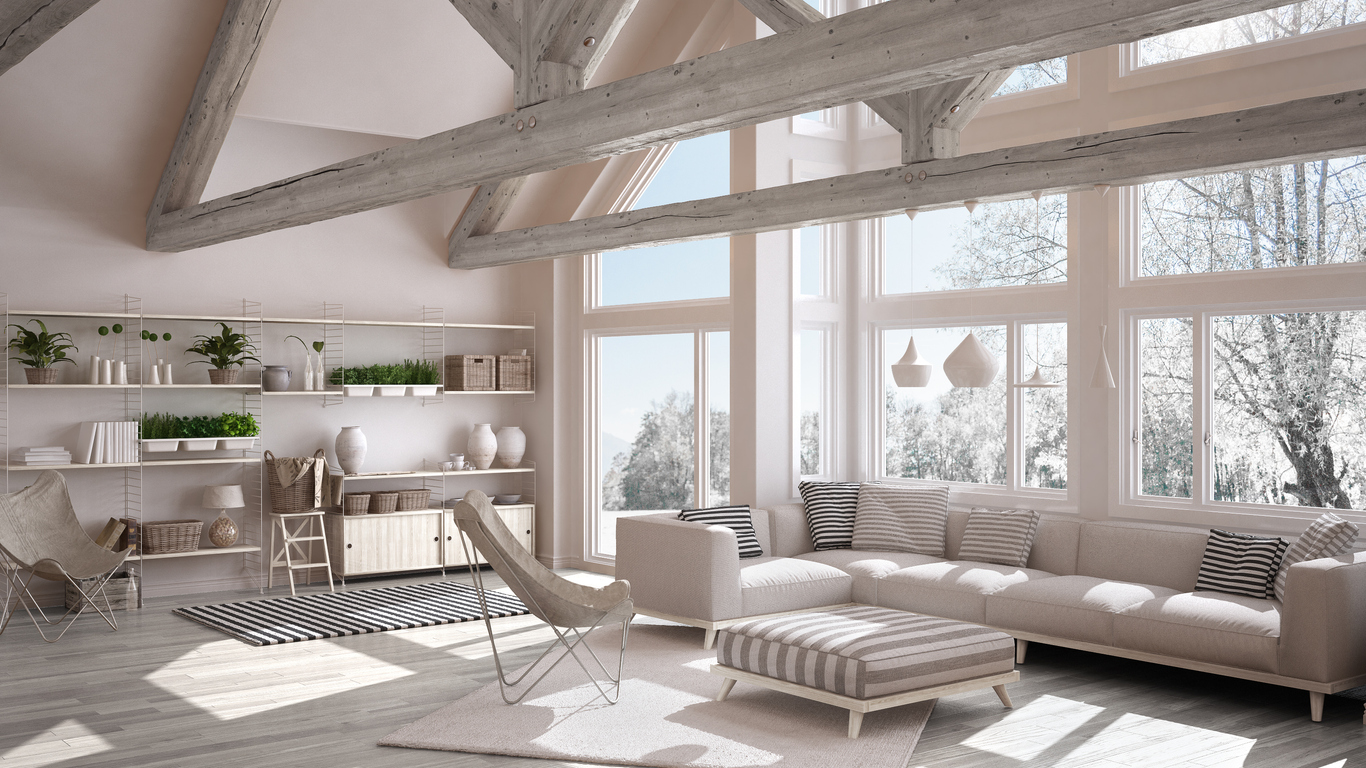Recent developments in thermal insulation and new, increasingly insulating windows and doors have made it possible to significantly reduce energy costs and make homes much more efficient. However, greater thermal insulation means less air circulation, which can lead to the creation of interstitial condensation. A problem that can cause significant damage to the house but can be easily solved by using controlled mechanical ventilation solutions.
What is interstitial condensation and how to combat it
Interstitial condensation is a phenomenon that occurs when moisture accumulates inside the wall, between the layers of different materials that make up the wall. A phenomenon undoubtedly aggravated by the temperature difference between indoors and outdoors, which is always greater the more energy-efficient a house is.
If left untreated, interstitial condensation can therefore cause significant damage to building materials such as plasterboard walls and wooden frames, leading, for example, to the formation of mould or other problems related to the degradation of materials. Remember that the presence of mould inside homes or company or school buildings can lead to serious health problems and costly removal operations for owners or administrators.
Fortunately, interstitial condensation can be prevented quite easily: like all moisture-based phenomena, good air circulation is sufficient to counteract it.
In older buildings this phenomenon is less frequent, firstly because it is rare to be faced with walls made of composite materials and secondly because air circulation is to some extent “guaranteed” by draughts and other structural defects, but these make the dwelling inefficient and its air conditioning expensive. Suffice it to say that there is a complete air exchange three times in 24 hours in a flat with old windows. With new fixtures, air exchange occurs every three days.
On the other hand, it is also unthinkable within a new or renovated and thus energy-efficient home to cancel out all benefits by keeping windows open for many hours a day. The solution comes in the form of controlled mechanical ventilation with heat recovery, which combines air circulation, comfort and energy efficiency.
Combating interstitial condensation with CMV
Controlled mechanical ventilation systems are one of the most effective ways to prevent interstitial condensation inside buildings. These systems use a dual-flow or alternating-flow unit with high-efficiency heat recovery to introduce air into the room at close to room temperature. This avoids temperature fluctuations that make heating or cooling more expensive. CMV also functions as a suction unit that helps capture moisture-laden air and expel it outside before it can infiltrate the walls and turn into interstitial condensation.
Using an effective CMV system
Controlled mechanical ventilation systems are a functional and practical way to reduce humidity and condensation in a house or building. Using a state-of-the-art controlled mechanical ventilation system such as Ecocomfort 2.0 Smart, humidity levels can be adjusted to ensure that the air is purified, comfortable and with the right humidity levels. Moreover, thanks to the WiFi connection and management via smart home apps and voice assistants, it is possible to manage air circulation at all times, even when we are not physically at home, for example during holidays or weekends away. This feature also makes it particularly interesting for second homes: with an Internet connection it is possible to maintain the ideal humidity level, preventing the creation of interstitial condensation without compromising building security.
Counteracting interstitial condensation the easy way
Controlled Mechanical Ventilation systems are a highly effective solution to combat humidity and condensation that can lead to structural damage, mould growth, and comfort and health problems for home occupants. They are relatively easy to install and maintain and offer the peace of mind of a healthy, safe and energy efficient home. The unique features of Ecocomfort 2.0 Smart allow up to 90% of the heat to be recovered, resulting in considerable savings.




